Faviken is not a restaurant that you casually decide to go to on a Tuesday night. The location may have something to do with it. More than 600 km north of Stockholm it nudges up towards the Arctic Circle.
Visiting this 12-seater restaurant on a 24,000-acre hunting property in Jämtland requires some planning.
First, there’s the question of a booking. Since it found its way onto the ‘World’s Best 50 Restaurant list’ this year (at number 34), weekends are now claimed months in advance. And since maverick chef Magnus Nillson and Phaidon published his beautiful tome ‘Faviken’ a few months ago telling the story of the restaurant, the interest has notched even higher.
Beyond the booking there’s the question of logistics. It’s a flight on a skinny plane from Stockholm to either Trondheim in Norway, or Ostersund. The simplest thing from there is to rent a car and drive, though there are local taxis. It’s an hour and a bit from Ostersund to the gates of the property.
That’s all simple enough, except if it’s a Nordic November and the sun sets at 3.30 pm. There’s only one meal a day; dinner.
At 5 pm after a shallow breathing, semi paved drive along dark roads flanked by signs to watch for moose, and others promoting establishments with ‘live stripteases’ we arrive at at the farm.
It’s a collective of barns and Heidi-meets-little-house-on-the-prairie red roofed buildings. There are few lights on. There is frost underfoot and shiny patches of black ice on the path. The wind grips at our cheeks. We grab our small bags and wander towards building after building, peering inside. It’s not that there’s no room at the inn; there seems to be nobody home.
‘Call them’; The Hungry One suggests. I try, but my phone won’t connect.
There’s a sinking, sinking feeling in my stomach. After I wrench a glove off my fingers with my teeth I start frantically scrolling through archived emails. ‘Please, please don’t let me have done this’. The small notion that I’ve launched us to far, far north Sweden on the wrong date is enough to make my insides invert.
No, I haven’t. It’s just that in the pitch dark it’s nigh impossible to see the restaurant and the sleeping quarters on the other side of the courtyard.
A meal at Faviken is a sound illustration of the adage that effort will be rewarded.
Soon we’re nestled into our snug, wooden trapezius of a room (there will be no driving back to the airport after dinner). The roof slopes steeply on one side. There’s a wash cupboard with a sink and a mirror- showers and toilets are in a communal space across the hall. There’s a radio, a day bed and faux fur blankets. It’s the very definition of cosy.
We make a herbal tea from the facilities down the hall and gather ourselves before dinner. Drinks and snacks are served at 7pm sharp.
Meals are served next door in the old grain store, divided into two levels. Downstairs is ski-chalet rustic, all wooden floors and walls, log burning fire and a large hunting coat hanging from the walls. It takes all our self control not to ask to play dress up and try it on for larks.
Snacks set the scene for the meal to come. Magnus Nillson may have committed years to the kitchens of L’Astrance and L’Arpège in Paris, but here in Sweden the style is all his own. He refers to it as ‘rektún food’ (real food). It’s seasonal and local to the exhaustion of the point. The majority of the produce comes from the property, prepared by traditional methods. In winter when the ground is fallow, you feed off what has been saved and preserved from the months and years prior.
It’s Magnus himself who appears from the small kitchen to deliver the first snacks. If Mattel ever wanted to fashion a Viking/Achilles doll, they would do worse than using him as a model. There are some direct words from him about the cameras on the table. ‘One photo of each course. That’s it. There is food to eat’.
And so we do.
There are courses you encounter in a life of eating well that are hard to erase from sensory memory. The “fifteen-minute-old cheese”, with a single bud of lavender in the centre is now one of them. Angelically soft, panna cotta silk, with a floral lilt. If there were edible haikus, this might be one.
There are mounds of intense wild trout roe served in a small cups of dried duck’s blood. It’s earth and water, soft and crisp, clean and soiled all in a bite.
There are spheres of compressed pig head, crisped and placed on sticks. They couple the gentle interior of a croquette with the meaty satisfaction of a scotch egg. They render The Hungry One completely mute. Meanwhile the clean sticks add a delightful sense of earthy whimsy.
Next there are two types of lichen, both a reindeer moss and Icelandic moss, dried like petrified sponges, or a relict from an abandoned aquarium.
And lastly some slices from ‘a good pig’. A 240 kg sow, that’s been cured and salted. It’s sweet and pinkly soft, with the stripes of fat providing neutral depth. It’s a sturdy fat that doesn’t immediately melt, more slowly resolve in your mouth.
For dinner we move upstairs to a large, robust wooden table. Now here’s a thing. On this cold Tuesday night in the shoulder season of November, by some fluke there are only five at dinner, not the traditional 12.
‘You all seem like nice people, so we’ve sat you together’. And yes, we are all nice people- very nice people- and two of us, care of the internet making the world a very small place already know each other, in a virtual sense anyway. It creates a convivial, supper club style atmosphere, with shared easy conversation about food, travel, coffee and booze. Yet it’s not quite the romantic birthday dinner atmosphere we had anticipated.
When it comes to drinks there’s the option of a few glasses of wine, or a full beverage pairing, with a focus on the natural wines (Magnus trained as a sommelier in the intervening years between Paris and Faviken. We have a sense that there’s going to be considerable care taken with the choice of drinks). We opt for the complete experience and with the pouring of the Faviken produced mead, we congratulate ourself. Tart, fermented and with the sweetness of honey, it’s an astoundingly good match for the warm sliced sourdough and the heavily textured buttercup butter, portioned with a paddle. Plus, there’s the sheer novelty of being in the woods, drinking mead.
What follows is ten courses of simplicity, inspiration, curiosity and some flashes of brilliance.
There are scallops which arrive in their shell on on smoking juniper branches.
When cracked open they’ve been cooked in their own natural juices. If anyone ever needed a masterclass in how to cook bivalves, this is it.
There’s a chubby medallion of Norwegian lobster, daubed in butter and grilled coupled with the astringency of dried rosehips and the murkiness of a mushroom ketchup.
On calming, earthenware plates there’s skate, it’s fibres gently splayed like stripes from a fat paintbrush. It’s lifted by petals of pickled onion.
Monkfish is again cooked in butter and joined by a quartered carrot, cooked in whey, mysteriously lactic and tangy and the Christmas lilt of spruce.
There are small tarts of fragile pastry, with mussels, scoffed far too quickly for the one photograph rule.
And then there’s the dish in which my habit of eating at high end, experimental restaurants officially jumped the shark.
To the table is brought a pile of leaves.
‘These are decomposed leaves from last season, which we gathered off the ground and have dried’. That’s what we’re told. I nod sagely and then instantly reach out to pick one up and commence chewing. In the scheme of dried blood tart casings, what’s a decomposed leaf or two?
‘These are not for eating. Buried underneath them are potatoes’. We now have our own controlled foraging expedition- nestled under the leaves are steaming heirloom potatoes. We’re to portion butter onto them. They’re earthy and complex.
When I tell the rest of the table that I was about to eat the decomposed leaves, it’s a point of entertainment. It seems I’ll eat pretty much anything these days (though to be fair, we have been conditioned- at the similar ‘find the potato’ course of clay covered starch in amongst rocks at Mugaritz, we did make sure to lick the occasional stone, just to make sure we weren’t missing out).
The vegetable theme continues with a single leek in repose. It’s draped in a yoga esque sitting stance. It’s one of the last leeks of the season, its natural sugars pronounced by the morning’s frosts. It’s served with a quenelle of mead flavoured cream and some grated dried cod roe.
There’s theatre in the presentation of an earnest porridge of local seeds and grains, loosened by a by a beef broth, which has been strained through moss collected from the forrest floor.
It’s the sort of dish you’d want to eat before trudging through boggish paddocks. It’s savoury and considered, gruff and yet also very refined. If there was one dish that encapsulates Faviken, this might be it.
Though if I thought that there was theatre in the pouring of some broth, then I really hadn’t seen anything until Magnus arrives to the dining room toting a length of bone and a hack saw.
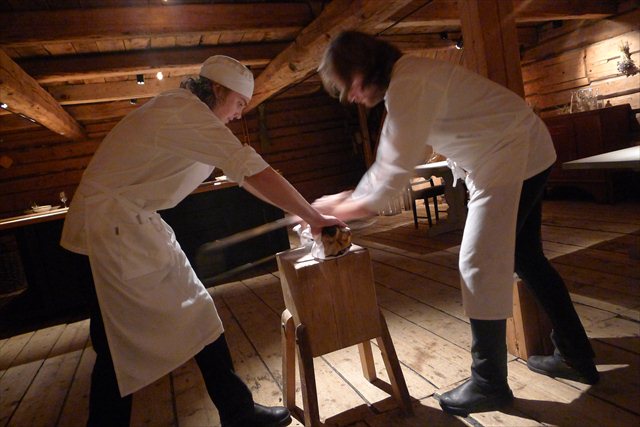 The shin bone is cleaved in half, with a flurry of noise and effort, tableside. The resulting raw marrow is mixed with dices of raw heart, grated turnips and herb salt and served on toasted croutons.
The shin bone is cleaved in half, with a flurry of noise and effort, tableside. The resulting raw marrow is mixed with dices of raw heart, grated turnips and herb salt and served on toasted croutons.
It’s St John, with the volume turned way way up.
Meats crescendo to a portion of beef, unlike any I’ve ever had. Most beef in the UK will live to around 24 months and be aged for a couple more, if you’re very lucky.
This, is a whole different kettle of protein.
It’s a portion of a ten year old dairy cow, that’s been dry aged for five months. Dairy cows will rarely be used for anything when their term is up. This is thrift and sense- with a little effort and time, everything has additional value. There’s a French food and travel journalist at our table who isn’t impressed. ‘It tastes like death’ he exhorts. But no. It’s rich and gamey, somewhere between venison, pheasant and beef. There’s heft and chew. It’s meat of significance that’s considerately served with light shavings of raw vegetables.
And then, it’s dessert.
Elongated spoons, lying top-to-tail, one with lingon berries and cream, puckeringly tart, yet gentle all at the same time. And then a mound of blueberry granita; a practical joke of deliciousness which leaves everyone at the table with blue teeth for the next 10 minutes.
There’s a preserved duck egg yolk, gluey in texture which we’re to work into a malty crumble beneath. Using our forks we muddle and mash until we have a sticky, raspish dough which is paired with meadow flower ice cream. It’s aromatic like elderflower and reminiscent of long country walks with your hair fixed in braids.
And then perhaps my favourite of all the sweets; a bowl of whisked duck eggs, sabayon soft. They form a duvet protecting raspberries and a sour milk sorbet. ‘It tastes like my childhood’, is what comes from one Norwegian at the table. To me, it is familiar and foreign all at the same time. In short, it’s sublime.
And then, it’s time to move downstairs. Away from the marrow bones, the long table and the decorations of cod roe, hanging like tethered pinadas from the ceiling so they can air dry.
We’re presented with petit fours; a collection of pastilles, tartlets garnished with preserved pig, slices of warm cake, dried berries, caramels and a curious gum of pine resin.
There may be an error on our behalf of indulging so heartily in the four house made spirits on offer; The Hungry One was pretty partial to the eggnog, for me, it was all about the sour cream liqueur.
And there may have been another tactical error in closing the night with the pine resin gum as my final taste. To me it sat somewhere in the flavour spectrum between kissing a chain smoker and Chinese medicinal herbs. The texture was most akin to stale chewing gum. ‘It takes around 15 minutes to come into its own’ we’re told. I tried, I really did. I’m chalking that up as an acquired taste.
But that will not be my final memory of Faviken. It will probably be of the tour to the butchery. Or waking at 3 am in our small wooden room after vivid dreams from a too-full stomach, and realising there’s a reason we were so swelteringly hot- we were directly opposite the sauna and neglected to open our window. It might be of breakfast at the same wooden table we ate dinner at and of walking in the woods before we left.
It’s only in the morning that we realise all around the restaurant and property there are snow capped mountains. We see there are fields upon field, thatches of forrest and a lake that stretches on, glass reflecting sky. It was too dark the night before, but now we can see, and it’s terribly hard to leave.
Faviken
83005 Järpen, Sweden
+46 (0) 647 401 77
www.favikenmagasinet.se
Currently #34 on the World’s 50 Best Restaurants List in 2012. Chalk it up as another on our mad, mortgage busting ‘quest for the best‘.
Hints and tips:
There is a Hertz car rental at Ostersund airport- for peace of mind, get a local map from them before you leave just in case, though the instructions from Faviken on how to get there are very clear.
There is wifi at Faviken, if you just can’t leave the real world behind.

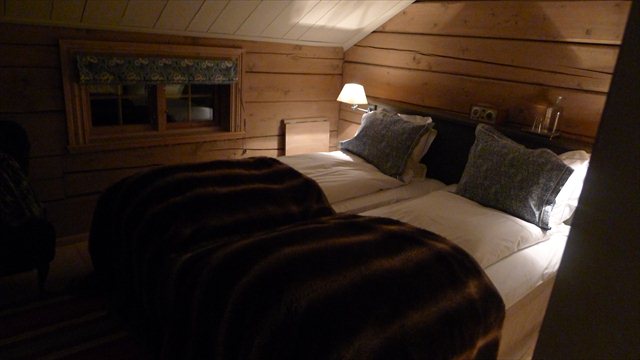

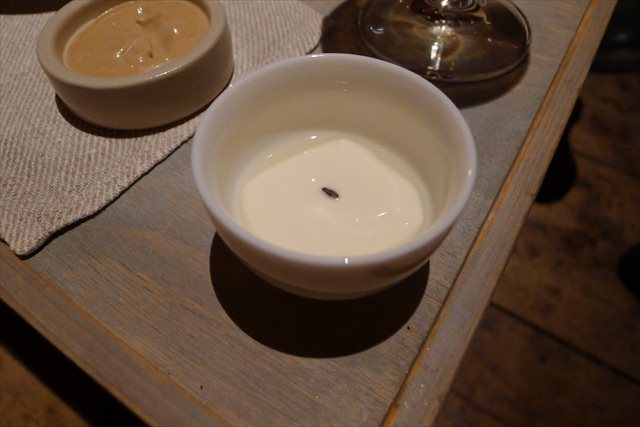
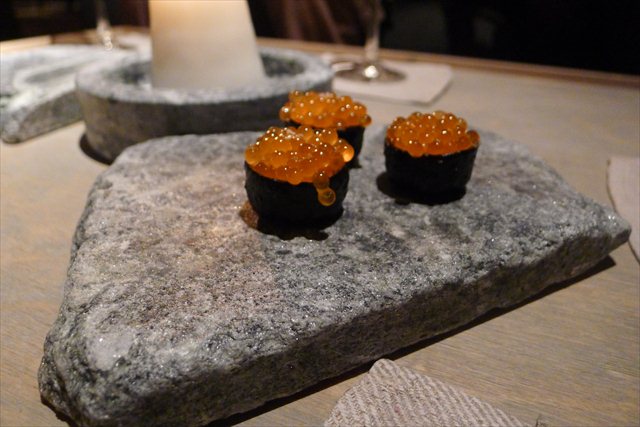
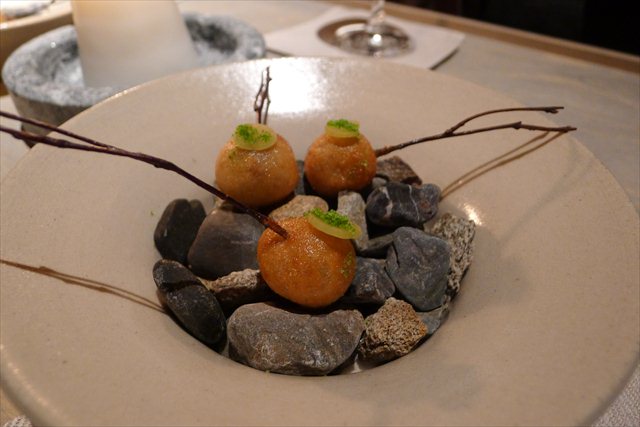
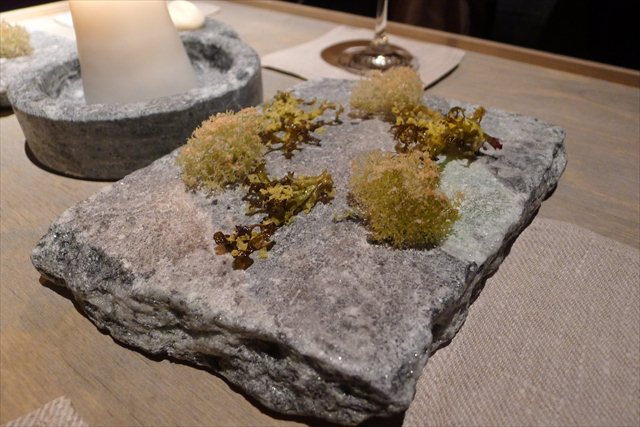
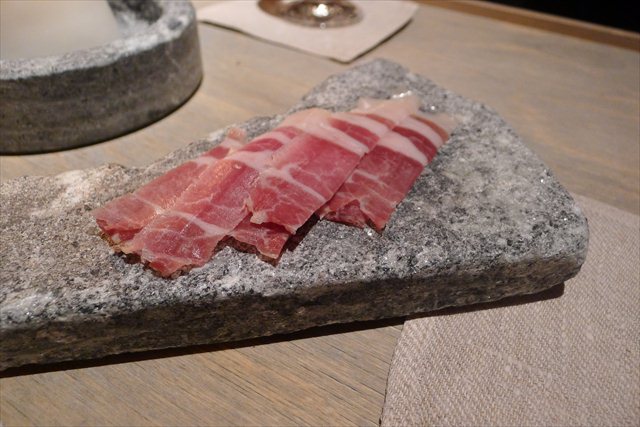
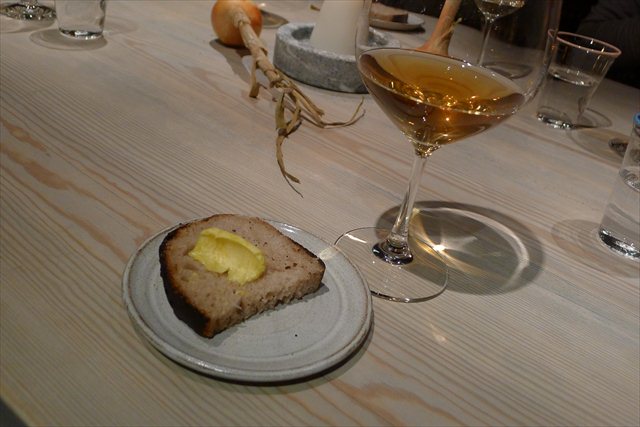
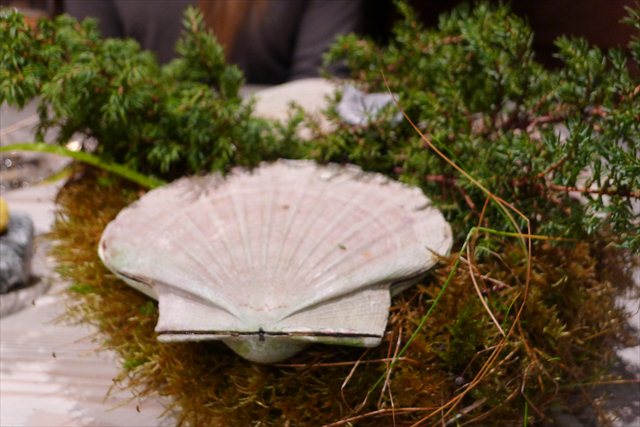
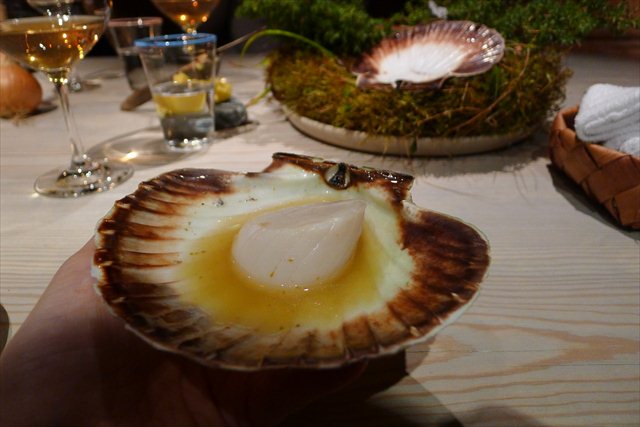
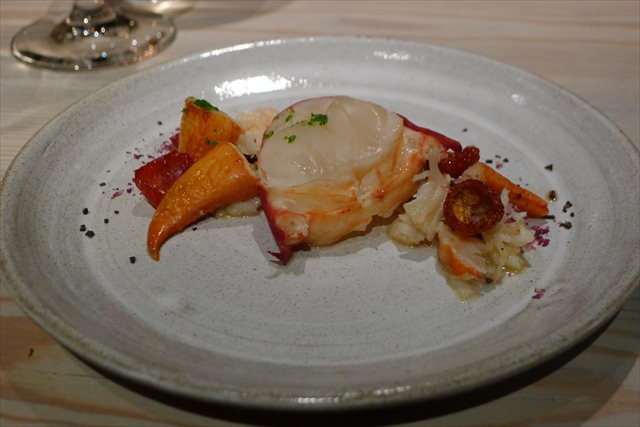
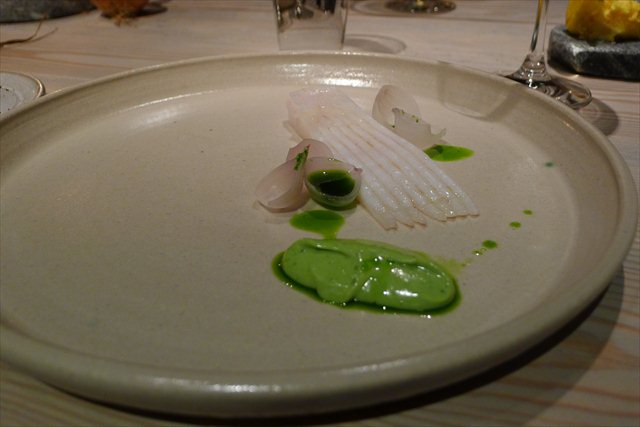
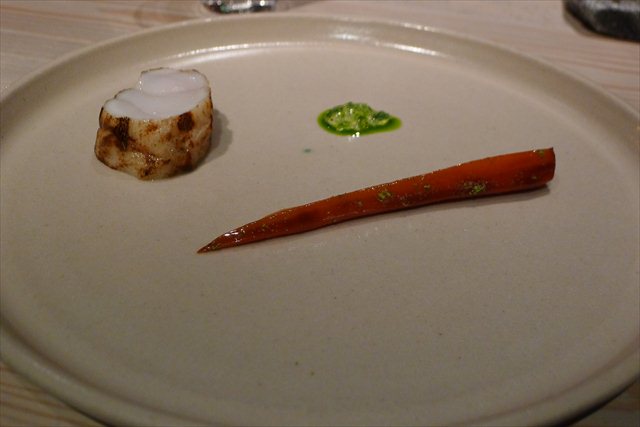
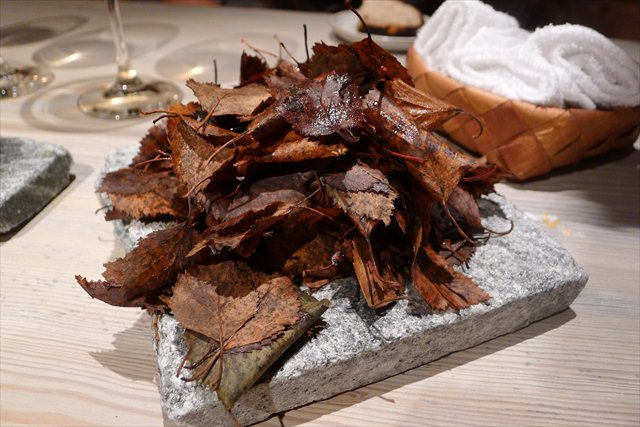
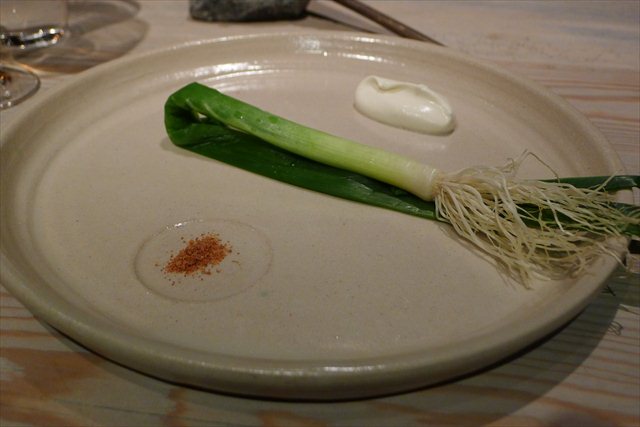
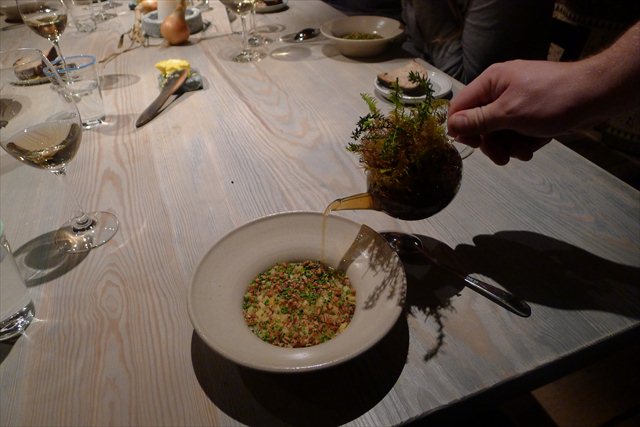
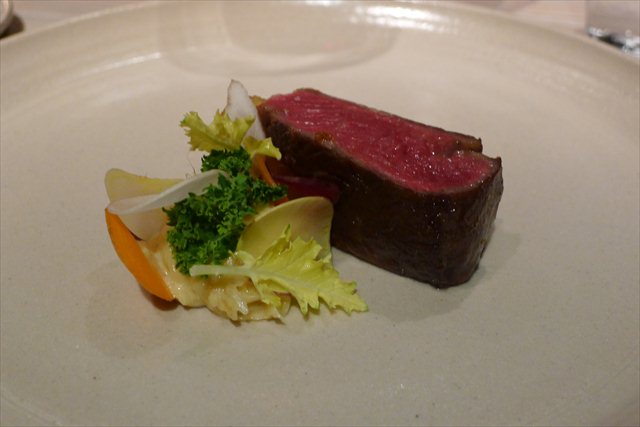
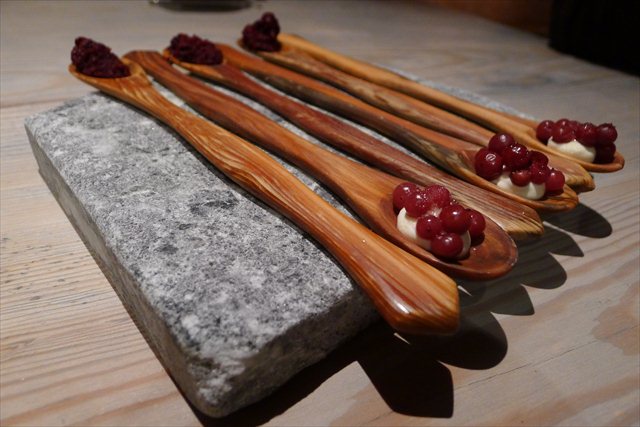
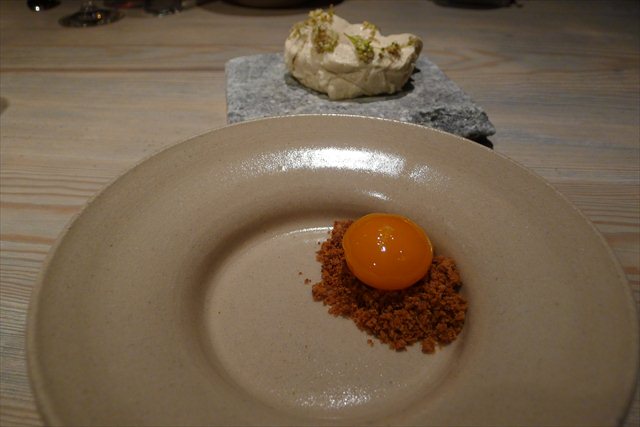
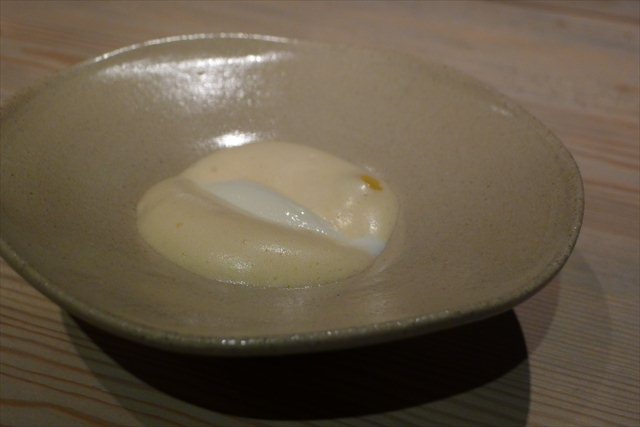
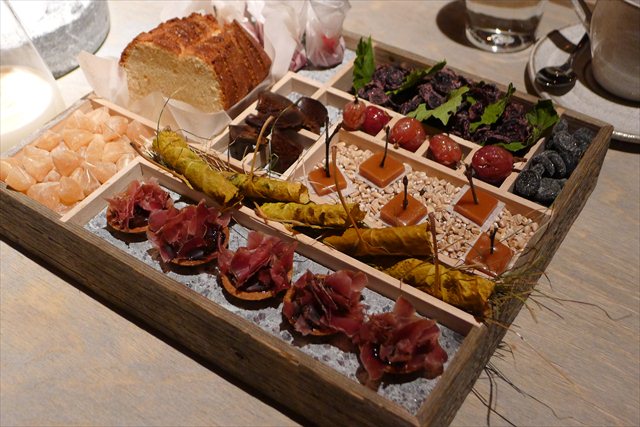
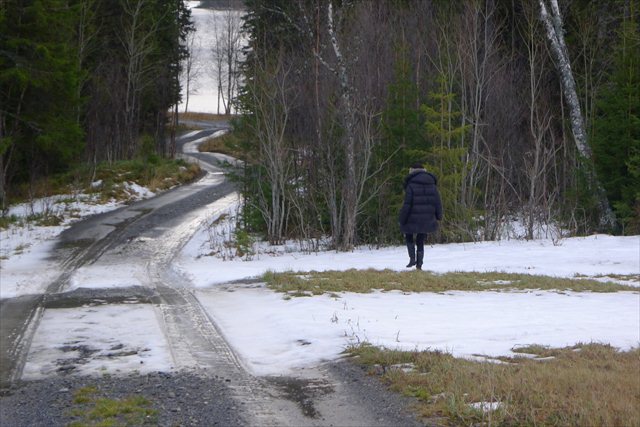
*sigh* looks wonderful. I’d love love love to go to Faviken, heard so many good things about is and your post is further encouragement.
Wonderful write-up Tori. Was a pleasure to meet you and The Hungry One in person. I’m still chuckling about the leaves…
Once again, Tori, I just intended to have a quick flick though this post as it’s getting late (almost midnight) where I am. However, I just find your writing hooks me in, so I ended up reading the whole post pretty much from end to beginning. Fascinating place and such interesting food. You’re more adventurous foodwise than I am, well you are a food blogger after all! (dried ducks blood & pine resin!) :0
I think I love your life.
Thank you for this dream trip with you. I know that region (but unfortuantely not that restaurant) and love it and miss it. I know where I want to go for a future birthday. I have a new dream.
Thanks for bringing my memory back, that was such a lovely evening and fantastic experience. Hope to see you again in Oslo some time, maybe you and the hungry one is ready for the Beer Night?
I love this post. This is exactly my kind of trip. Thank you for sharing!!
Thank you for this wonderful recap. Wonderfully written, although not quite good enough to satisfy my desire to experience the real thing. I guess I’ll still have to go…
Hi Tori, great recap of your experience! I had actually read this piece before going to Fäviken to shoot a short documentary about Magnus Nilsson. I just finished the video and I thought I’d share with you and your readers. It gives some nice insight into how Magnus runs the restaurant. Cheers!
http://www.darkrye.com/content/faviken-video-dark-rye